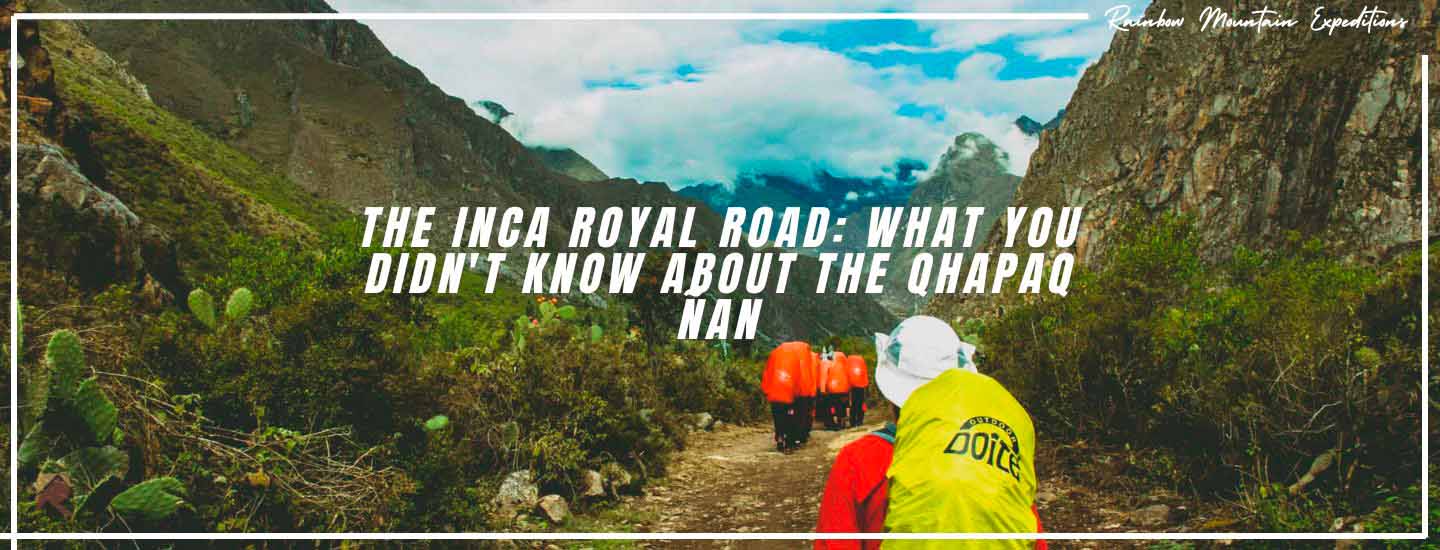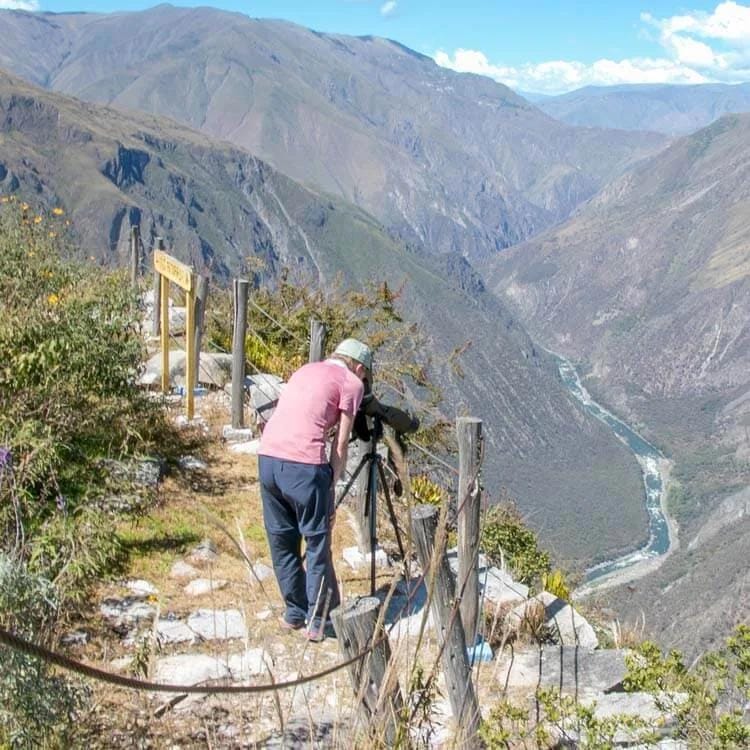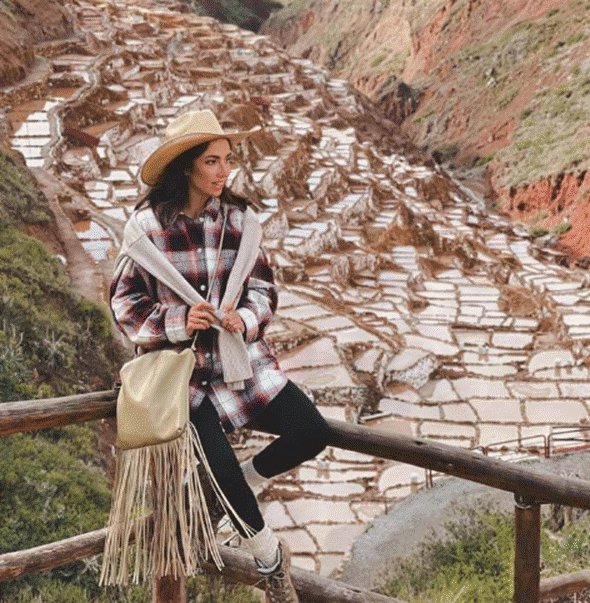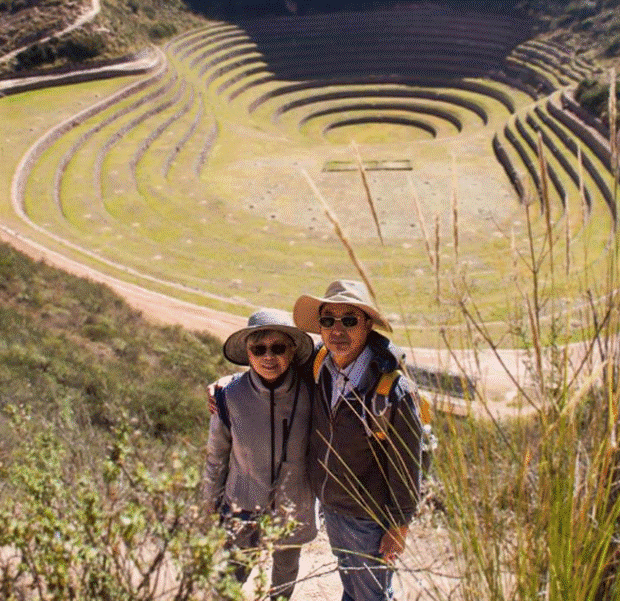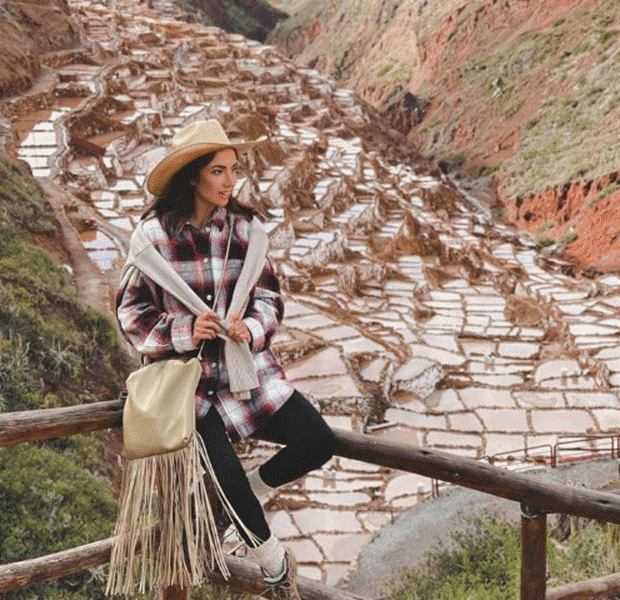The Inca Royal Road: What You Didn’t Know About the Qhapaq Ñan
Have you ever heard of the Qhapaq Ñan or the Inca Royal Road? The Qhapaq Ñan, also known as the Inca Royal Road, is one of the most extraordinary feats of engineering and spirituality left behind by the Tawantinsuyu. Spanning over 40,000 kilometers, this vast road system connected the most diverse regions of the empire, from the high peaks of the Andes to the valleys, coastlines, and jungles of South America.
What is the Qhapaq Ñan?
The Qhapaq Ñan, also known as “the main road of the Incas” or “Great Inca Road,” is a network of trails that connected the most distant and important points of the Tawantinsuyu. This road network had significant purposes, including facilitating communication, the transport of goods, commerce, spirituality, and pilgrimage to sacred sites.
These trails were designed and built by the Incas, who incorporated advanced techniques for their time, such as stone staircases, suspension bridges, and retaining walls. They traversed the highlands, coast, and parts of the Peruvian jungle, and even extended to several South American countries, including Ecuador and Colombia in the north, Chile and Bolivia in the south, and also to Argentina and parts of Brazil. Today, as you walk along its paths, you are treading on stone and some remnants of this famous Inca road.
Qhapaq Ñan and the Inca Cosmology
The Qhapaq Ñan was designed with a deep understanding of both geography and the Andean worldview. The Incas believed that the roads connected the material world (Kay paccha) with the world of the gods (Hanan paccha), which is why many sections were aligned with astronomical points, sacred mountains (apus), and sources of holy water.
Traveling along this road wasn’t completed in just a day—it could take weeks or even months. But the Incas were very clever; they implemented the “tambos,” or lodgings, as they are known today. These tambos were strategically placed along the road and served as rest stops for travelers to recover and regain energy.
Spiritual Routes: The Paths of the Pilgrims
As mentioned earlier, the Qhapaq Ñan didn’t have just one function. Many of its paths were used to connect sacred places and important ceremonial centers key to the Inca world. Below, we present some of the most important spiritual routes for the Incas and for people today.
1. The Path to Apu Ausangate
The road to Apu Ausangate was and still is a deeply spiritual journey for both the Incas and for people today, due to the deep connection this sacred mountain has with the Andean worldview and the respect for nature as a living and spiritual being. Today, thousands of pilgrims take this route each year during the Qoyllur Riti festival, in May or June, combining ancestral traditions with Christian rites.
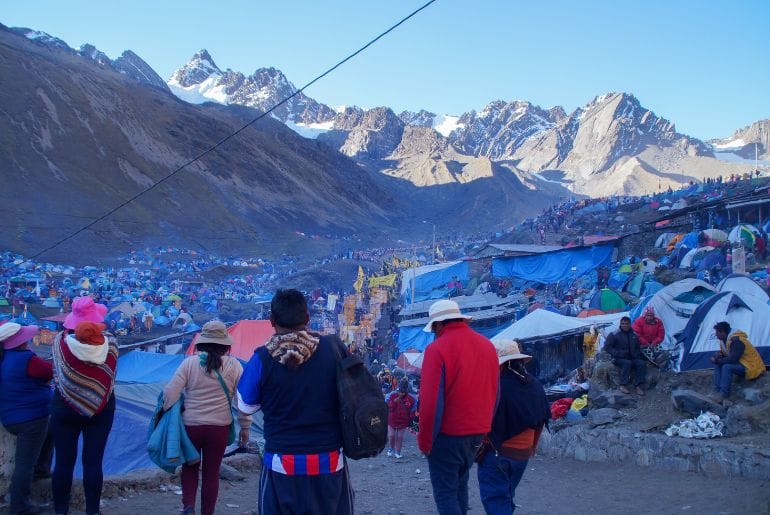
2. The Path to Apu Salkantay
The Salkantay is the second most important Apu in the Cusco region was no exception, as the Royal Road also passed through this area. This road connected Machu Picchu with other important ceremonial centers such as Choquequirao and Vilcabamba, integrating them into the great network of Inca roads.
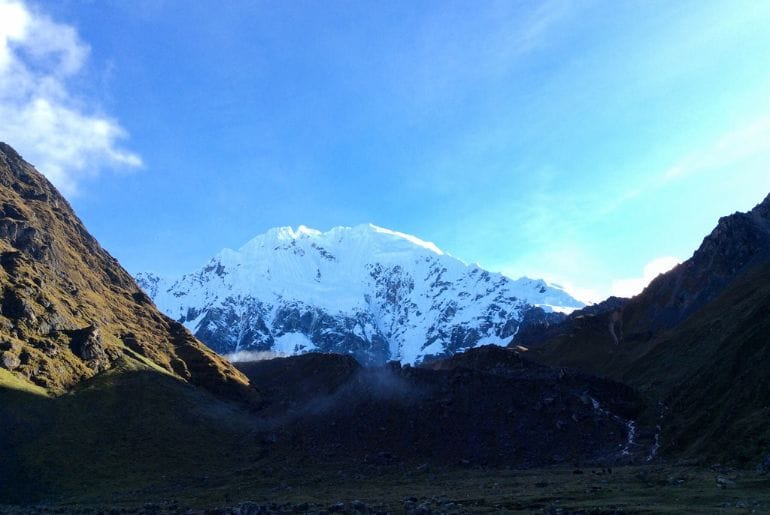
3. The Route from Vilcabamba to Machu Picchu
One of the most incredible routes due to its connection with Inca resistance. This road led pilgrims and warriors to the Historic Sanctuary of Machu Picchu, which was not only a strategic refuge but also a ceremonial center surrounded by sacred Apus.

4. The Road from Chinchaysuyo to Pachacámac
This trail connected the north with the Pachacámac sanctuary, located on the coast of Lima. It was one of the main oracles of the Tawantinsuyu, receiving visitors from all regions of the empire.
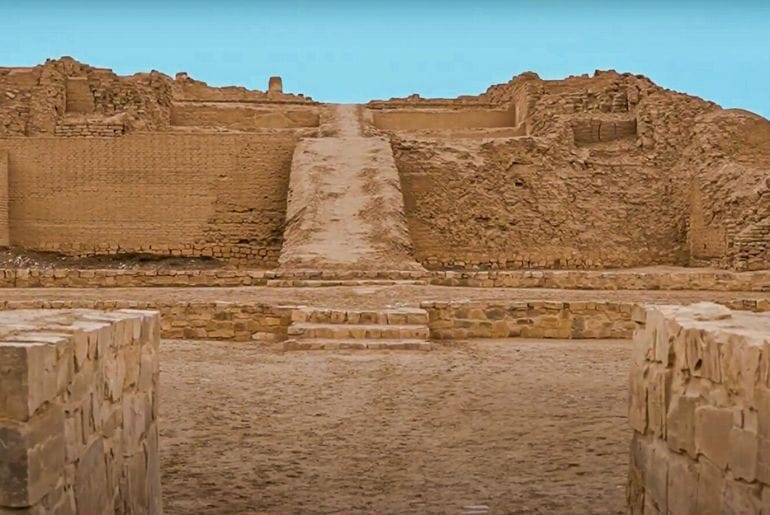
5. The Route from Cusco to Ollantaytambo
A vital path that connected the Inca capital with Ollantaytambo, known for being an important ceremonial and military center. This road not only connected communities, but was also used in religious ceremonies.

6. The Connection to the Golden City of Paititi
Paititi, shrouded in mystery and legends, was connected by the great sacred Inca road and served as a spiritual and sacred refuge, where the Incas preserved their knowledge and culture after the conquest. Located in the Amazon jungle, its inaccessibility, combined with the secrecy of its custodians and the rapid regeneration of nature, has kept it hidden for centuries.
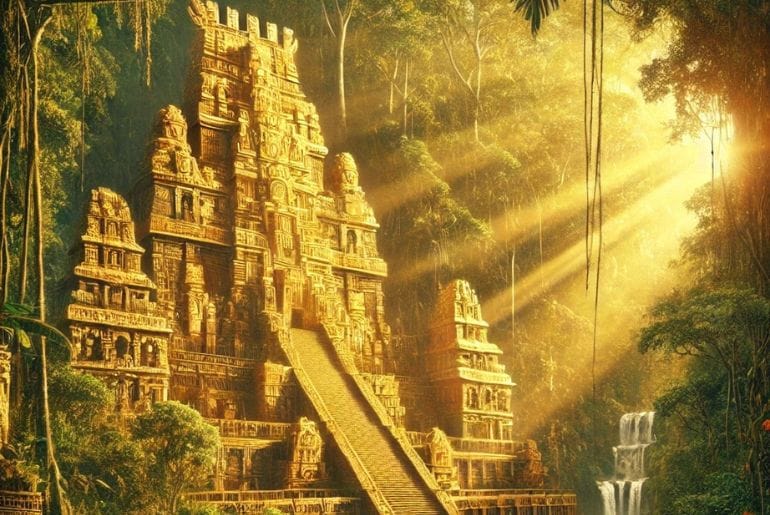
Qhapaq Ñan FAQ
Where is the Great Inca Road located?
The Inca Royal Road was a network of paths that connected towns and cities far apart from each other. It linked places such as Quito, Ecuador; El Pasto, Colombia; the Maule River, Chile; and regions in Argentina and Bolivia. This network of roads is an impressive feat of engineering, truly worthy of admiration.
How many kilometers does the Great Inca Road span?
The Inca Road was an extraordinary mega construction, stretching over 40,000 kilometers (or more than 25,000 miles). The path was carefully signposted, even in desert areas, and in regions with humid climates, it was paved to ensure durability. Considered a megalithic work, it can be compared to the roads of the Romans. In fact, when the Spanish arrived at the great capital of the Incas, they were astonished by the magnitude and perfection of this structure, known as the Royal Road.
Is the Inca Road or Royal Road still visible?
Fortunately, small sections of the great Inca Road can still be appreciated today, allowing us to walk on them and touch one of the most impressive legacies of ancient Peru. Among these sections stands the famous Inca Trail that leads to Machu Picchu. This route starts at kilometer 82 and spans 42 kilometers. Along the way, you can observe remarkable archaeological sites such as Patallacta, Runkurakay, Sayacmarca, Phuyupatamarca, Intipata, and finally, Machu Picchu.
Additionally, this road features tunnels that connect its sections, retaining walls built with astonishing stonework, and water drainage channels, reflecting the advanced engineering of the Incas. This stretch gives us a sense of how grand this network of roads was in its time.
What happened to the Great Inca Royal Road?
After the Spanish invasion, the great Inca Road was abandoned. Over the centuries, parts of the road were intentionally destroyed by the Incas themselves to protect their sacred sites from the conquerors. Later, people began to dismantle it to make way for modern roads that now cross what was once this magnificent network.
Furthermore, nature contributed to its deterioration, and many sections were lost over time. The local population also used the stones and materials from the road to build walls and houses on their land, further accelerating the destruction of this ancient wonder of Peru.
The Qhapaq Ñan Today
Today, the Qhapaq Ñan is much more than an archaeological remnant; it is a symbol of cultural resistance and a reminder of our roots. Although many sections have been left in ruins or destroyed, some have been restored so that both locals and visitors can experience the grandeur of these roads. We often walk on these Inca trails without even realizing it. For instance, when visiting any tourist attraction in the city of Cusco, you’ll notice that the Apu Ausangate or Apu Salkantay will be visible or even in close proximity.
Tips for Traversing the Qhapaq Ñan
If you’re ready to embark on this adventure, take into account the following tips to make the most of your experience:
1. Get Physically Prepared: Some sections are challenging, especially due to the altitude, which exceeds 5,000 meters above sea level. It is essential to be well-prepared and acclimatized for at least 2 days in Cusco or at a similar altitude.
2. Bring the Essentials:
- Warm clothing
- Warmers
- Sun hat
- Sunscreen
- Small first aid kit
- Flashlight or headlamp
- Rain poncho
- Water and snacks
3. Stay Informed and Connected: If it’s your first time in Cusco, Peru, and you don’t know where to start, you can travel with a local tour guide who will ensure your safety and provide more detailed information on what you’re looking for.
4. Take Precautions: If you see storms approaching in the sky, do not use your cell phone or any similar electrical device, as they are the main attractors of storms and lightning.
5. Travel with Respect: The Qhapaq Ñan is not just a historic path; it is a sacred space that bridges the spiritual world and ours. Treat the path and its surroundings with care and respect.

